PPT-Decomposing What? Kindergarten Numbers 0-19
Author : numeroenergy | Published Date : 2020-10-22
Rachel McAnallen Ronald Renken Patricia Smith 5212012 Desired Outcomes To build knowledge of decomposing and composing numbers so that teachers can deepen their
Presentation Embed Code
Download Presentation
Download Presentation The PPT/PDF document "Decomposing What? Kindergarten Numbers..." is the property of its rightful owner. Permission is granted to download and print the materials on this website for personal, non-commercial use only, and to display it on your personal computer provided you do not modify the materials and that you retain all copyright notices contained in the materials. By downloading content from our website, you accept the terms of this agreement.
Decomposing What? Kindergarten Numbers 0-19: Transcript
Download Rules Of Document
"Decomposing What? Kindergarten Numbers 0-19"The content belongs to its owner. You may download and print it for personal use, without modification, and keep all copyright notices. By downloading, you agree to these terms.
Related Documents

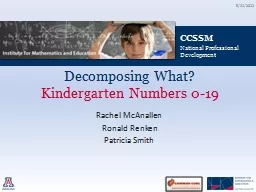
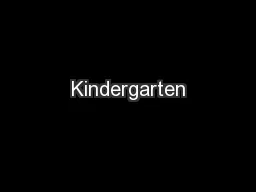
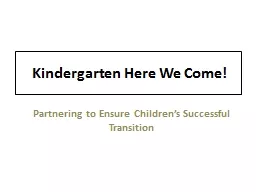
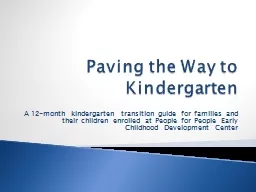

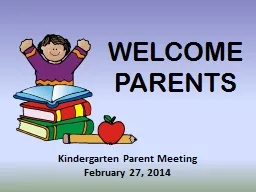
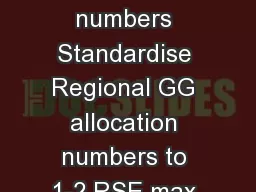

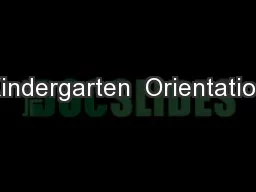



![[DOWNLOAD] kindergarten Teacher Gift: kindergarten Teacher Notebook and Journal for Appreciation](https://thumbs.docslides.com/1005485/download-kindergarten-teacher-gift-kindergarten-teacher-notebook-and-journal-for-appreciation-gift-thank-you-retirement-100th-day-of-school-end-of-school-year-present-idea-for-kindergarten-teachers.jpg)
![[DOWNLOAD] Tracing Numbers 1-100 For Kindergarten: Number Practice Workbook To Learn The](https://thumbs.docslides.com/1007916/download-tracing-numbers-1-100-for-kindergarten-number-practice-workbook-to-learn-the-numbers-from-0-to-100-for-preschoolers-kindergarten-kids-ages-3-5-tracing-and-handwriting-workbooks-for-children.jpg)